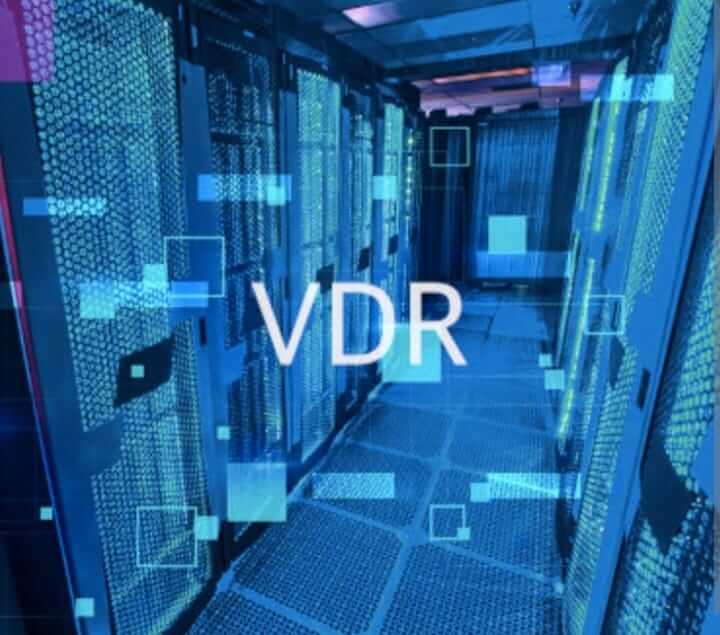
Virtual data rooms or VDRs
Pak Chronicle Web Desk
Virtual data rooms, or VDRs, are secure online repositories used for the storage and sharing of sensitive information. They are widely used by businesses, organizations, and individuals to securely share and collaborate on important documents and data.
Virtual Data Rooms have become increasingly popular in recent years, particularly in the legal, financial, and healthcare industries. They provide a safe and efficient way to manage large volumes of sensitive information, including financial reports, legal contracts, intellectual property documents, and personal health records.
One of the key benefits of VDRs is their security. VDRs use advanced encryption technology to protect data from unauthorized access, ensuring that only authorized users can view and access the information. They also have features such as watermarks, dynamic watermarking, and activity tracking, which provide an additional layer of security and help to prevent data leakage and misuse.
In addition to security, VDRs offer a number of other advantages over traditional physical data rooms. For one, they are much more convenient and cost-effective. With a VDR, there is no need for physical meetings or mailing documents, which can be time-consuming and expensive. Instead, all users can access the information they need from anywhere with an internet connection.
VDRs are also highly customizable, with many providers offering a range of features and tools to meet the specific needs of different industries and organizations. For example, some VDRs offer advanced analytics and reporting capabilities, while others provide integration with other tools and systems, such as e-signature software.
Despite their many advantages, VDRs are not without their challenges. One of the biggest challenges is ensuring that all users understand and adhere to the security protocols in place. This requires ongoing education and training, as well as regular monitoring and auditing to ensure compliance.
Another challenge is managing access and permissions. While VDRs allow for easy sharing of information, it is important to ensure that users only have access to the information they need and are authorized to view. This requires careful management of permissions and access levels, as well as regular monitoring and auditing to ensure compliance.
Overall, virtual data rooms are a powerful tool for managing and sharing sensitive information securely and efficiently. They offer a range of benefits, including improved security, convenience, cost savings, and customization. However, it is important to carefully evaluate different providers and understand the challenges involved in managing and using a VDR effectively. With the right approach, VDRs can be an invaluable asset for any organization or individual that deals with sensitive information.
The Internet has become an integral part of our daily lives, connecting people and information around the world. It has revolutionized the way we communicate, work, learn, shop, and entertain ourselves.
The internet is a global network of interconnected computer networks that use standard communication protocols to connect devices worldwide. It allows people to access and share information in various forms, such as text, images, audio, and video, using various applications and services. The internet is not a physical entity, but rather a vast network of cables, routers, servers, and other infrastructure that allows data to flow around the world.
The internet has its roots in the 1960s when the U.S. Department of Defense created a computer network called ARPANET to facilitate communication between research institutions. The network was based on a packet-switching protocol that allowed data to be broken down into small chunks and sent across multiple paths to reach its destination.
Over the years, the internet evolved, and new protocols and applications were developed to support different types of data and services. The World Wide Web, invented by Tim Berners-Lee in 1989, enabled users to access and share information through web browsers using hyperlinks. The introduction of broadband and wireless technologies in the late 1990s and early 2000s further expanded the reach and capabilities of the internet.
The internet has had a profound impact on society, transforming many aspects of our lives. Here are some of the ways the internet has changed the world:
The internet has made it easier and cheaper for people to communicate with each other, regardless of their location. Email, instant messaging, social media, and video conferencing are some of the popular communication tools that have emerged due to the internet.
It has made education more accessible and affordable, with many online courses, tutorials, and resources available to anyone with an internet connection. Students can learn at their own pace, from anywhere in the world, using a variety of devices.
It has transformed the way businesses operate, enabling them to reach customers globally and operate 24/7. E-commerce, digital marketing, and online payment systems are some of the innovations that have emerged due to the internet.
The internet has revolutionized the way we consume entertainment, with streaming services, social media, and online gaming becoming popular forms of leisure.
It has made it easier to access and share information on a wide range of topics, from news and politics to science and culture. However, the internet has also led to the spread of misinformation, fake news, and propaganda, which has raised concerns about its impact on democracy and society.



